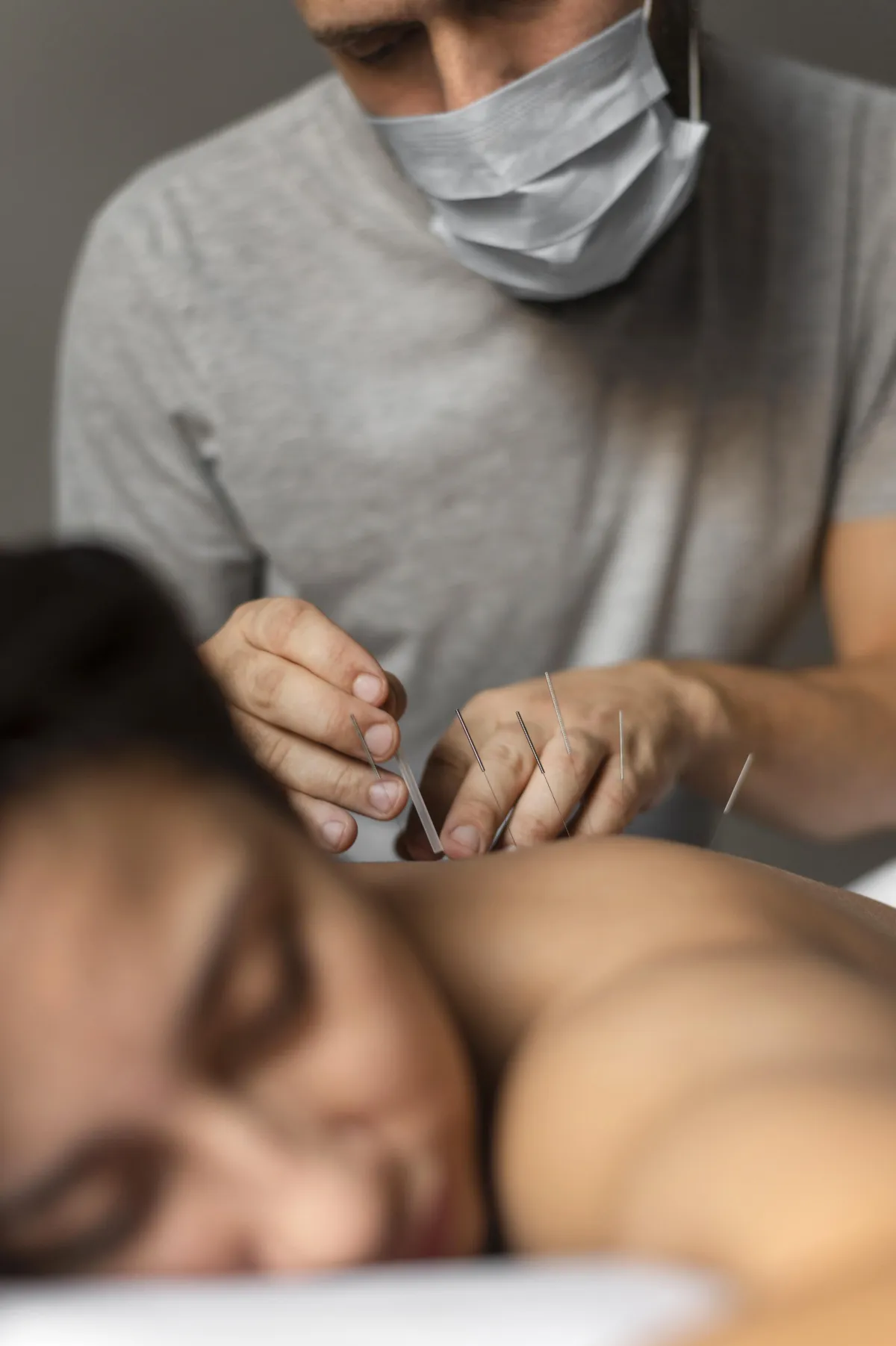
Dry Needling in Physical Therapy: Restoring Mobility and Reducing Pain
Chronic pain and restricted mobility can make even simple daily tasks feel overwhelming. Whether you’re struggling with muscle stiffness, sports injuries, or postural imbalances, finding lasting relief is crucial for restoring quality of life. One innovative technique gaining popularity in physical therapy is dry needling. Unlike medications that only mask symptoms, dry needling targets the root cause of pain—muscle trigger points—helping patients achieve real and lasting improvements in movement and comfort.
At NJ Rehab Experts, we incorporate dry needling into personalized treatment plans to reduce pain, restore function, and improve overall mobility for patients across New Jersey.
What Is Dry Needling?
Dry needling is a specialized therapeutic technique where a licensed physical therapist inserts thin, sterile needles directly into tight muscle bands, also known as trigger points. These trigger points are often responsible for pain, reduced flexibility, and movement dysfunction.
When the needle penetrates the trigger point, it stimulates a local twitch response, which relaxes the muscle, improves blood flow, and reduces pain signals to the brain. Unlike acupuncture, which is rooted in traditional Chinese medicine, dry needling is based on modern neuroscience and musculoskeletal principles.

How Dry Needling Helps Restore Mobility
Restricted mobility often comes from tight muscles, scar tissue, or chronic pain patterns. Here’s how dry needling helps:
1. Releasing Muscle Tension
Trigger points create knots that limit range of motion. Dry needling relaxes these knots, allowing muscles to lengthen and move freely.
2. Improving Circulation
By increasing blood flow in affected areas, dry needling accelerates the healing process and enhances tissue flexibility.
3. Correcting Movement Patterns
Chronic muscle pain often forces the body into compensatory movement. By treating the underlying tightness, dry needling allows patients to regain natural, pain-free motion.
4. Supporting Physical Therapy Exercises
Dry needling complements stretching, strengthening, and manual therapy techniques, making physical therapy more effective.
Pain Reduction Through Dry Needling
Chronic and acute pain often originate from trigger points. Dry needling interrupts pain signals, creating both immediate and long-term relief. Conditions where pain management is highly effective include:
Lower back pain
Sciatica
Neck and shoulder stiffness
Tension headaches and migraines
Knee and hip pain
Sports-related injuries
Patients often report noticeable pain reduction after just a few sessions, which encourages more active participation in rehabilitation.
Conditions Treated with Dry Needling in Physical Therapy
Dry needling is especially effective for patients with:
Sports injuries such as strains and overuse conditions
Postural pain from desk jobs or repetitive tasks
Joint pain due to arthritis or overcompensation
Post-surgical stiffness
Chronic pain syndromes like fibromyalgia
What to Expect During a Dry Needling Session
If you’re considering dry needling, here’s what a typical session looks like at NJ Rehab Experts:
Initial Assessment – Your physical therapist evaluates your condition, movement patterns, and pain areas.
Needle Insertion – Very fine needles are placed into specific trigger points. You may feel a brief twitch or dull ache.
Relaxation Phase – The muscle releases tension, restoring normal movement.
Follow-Up Therapy – Your therapist combines dry needling with mobility exercises, stretching, and strengthening for optimal results.
Most patients experience mild soreness similar to a workout, which usually subsides within 24–48 hours.
Benefits of Dry Needling in Physical Therapy
Faster recovery from injuries
Improved flexibility and range of motion
Decreased reliance on pain medication
Enhanced athletic performance
Long-term relief from chronic pain
Is Dry Needling Safe?
When performed by trained physical therapists, dry needling is safe and minimally invasive. Side effects are usually limited to temporary soreness or minor bruising. It is not recommended for patients who are pregnant, have bleeding disorders, or have certain medical conditions, which your therapist will review beforehand.
Why Choose NJ Rehab Experts for Dry Needling?
At NJ Rehab Experts, our highly trained therapists integrate dry needling with personalized rehabilitation programs. Whether you’re recovering from an injury, struggling with chronic pain, or aiming to improve mobility, our goal is to restore your quality of life.
Learn more and book your consultation here: https://njrehabexperts.com/
Contact us today: (212) 227-3233
